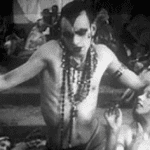 Music
Music  Music
Music  History
History 10 Less Than Jolly Events That Occurred on December 25
 Weird Stuff
Weird Stuff 10 Funny Ways That Researchers Overthink Christmas
 Politics
Politics 10 Political Scandals That Sent Crowds Into the Streets
 Weird Stuff
Weird Stuff Ten Bizarre Facts About The Doge Meme
 Our World
Our World 10 Ways Your Christmas Tree Is More Lit Than You Think
 Movies and TV
Movies and TV The 10 Coolest Stars to Set Sail on The Love Boat
 History
History 10 Things You Didn’t Know About the American National Anthem
 Technology
Technology Top 10 Everyday Tech Buzzwords That Hide a Darker Past
 Humans
Humans 10 Everyday Human Behaviors That Are Actually Survival Instincts
 Music
Music 10 Surprising Origin Stories of Your Favorite Holiday Songs
 History
History 10 Less Than Jolly Events That Occurred on December 25
 Weird Stuff
Weird Stuff 10 Funny Ways That Researchers Overthink Christmas
Who's Behind Listverse?

Jamie Frater
Head Editor
Jamie founded Listverse due to an insatiable desire to share fascinating, obscure, and bizarre facts. He has been a guest speaker on numerous national radio and television stations and is a five time published author.
More About Us Politics
Politics 10 Political Scandals That Sent Crowds Into the Streets
 Weird Stuff
Weird Stuff Ten Bizarre Facts About The Doge Meme
 Our World
Our World 10 Ways Your Christmas Tree Is More Lit Than You Think
 Movies and TV
Movies and TV The 10 Coolest Stars to Set Sail on The Love Boat
 History
History 10 Things You Didn’t Know About the American National Anthem
 Technology
Technology Top 10 Everyday Tech Buzzwords That Hide a Darker Past
 Humans
Humans 10 Everyday Human Behaviors That Are Actually Survival Instincts
Top 10 Shocking Pre-20th Century Crimes Of Passion
In popular usage, a crime of passion is a violent act arising from sudden, unpremeditated anger or heartbreak. Many will be surprised, however, that the scope of such crimes reaches far beyond simple romantic betrayal. The following ten entries examine pre–20th century atrocities—acts of violence pertaining to love, treachery, and the mere desire to inflict harm for reasons the sane will struggle to comprehend or imagine.
10 The Chocolate Cream Killer
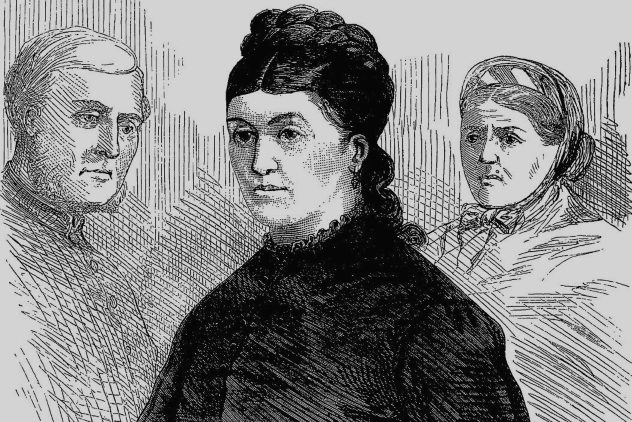
During the Victorian era, the public was terrified of murderesses, specifically those who used poison as their weapon of choice. In a time when the rate of female killers was on the rise, poisons such as arsenic and strychnine were particularly terrifying due to the fact that they were extremely fatal and exceptionally difficult to detect. This was the preferred method of Christiana Edmunds, aka “the Chocolate Cream Killer.” In the summer of 1871, she dispersed poison-laced candy around her hometown of Brighton, England.
It was said that Edmunds, who was middle-aged and single, fell in love with a married man, who rejected her. The press theorized that this drove Edmunds into a murderous rage, which she took out on the townspeople. Edmunds was initially found guilty and sentenced to death. However, following a diagnosis of insanity, her sentence was commuted to life at Broadmoor Criminal Lunatic Asylum.[1]
The physicians supporting the diagnosis were harshly criticized, as was the court, which the press believed acted out of fear of being scolded for hanging a supposedly refined and educated woman. Had Edmunds come from the lower class of society, it is believed that she would have undoubtedly been led to the gallows.
9 Injustice Of 1836
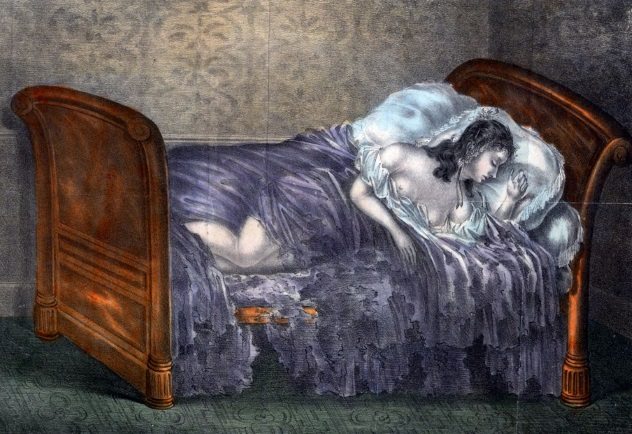
The murder of Helen Jewett, who was axed to death in the spring of 1836, became one of the greatest media sensations in 19th-century America. The beautiful and popular 23-year-old was a prostitute who serviced upper-class businessmen, many of whom lavished her with expensive gifts and jewelry. One young man in particular, Richard P. Robinson, went from being Helen’s frequent customer to an intimate lover. As their romance began to fizzle in Helen’s eyes, an angry separation ensued. Not long after, Helen’s butchered remains were found on her bed, charred after being set ablaze.
Robinson was identified by the madam of the brothel, Rosina Townsend, as the man last seen with Helen just hours before her murder. In addition, a cloak and hatchet found near the crime scene were traced back to Robinson. Despite the mounting evidence against him, the judge threw out Madam Townsend’s testimony due to his belief that she was a “polluted” source. Robinson’s acquittal was met with public outrage. Many felt that the legal system, in the end, viewed Robinson’s life as one of more value than that of Helen’s.[2]
8 Matthias Brinsden

In 1722 in England, tensions were rising between Matthias Brinsden and his wife due to aggravating circumstances pertaining to finances and the support of their large family. The two had already had violent altercations. One day, Matthias drove a pair of scissors into his wife’s skull. Amazingly, Mrs. Brinsden survived.
A week later, after Matthias arrived home in the evening, a drunken and irritated Mrs. Brinsden refused to eat bread and cheese for supper, demanding that Matthias provide her with meat. Following a heated exchange of words, Matthias, blinded with rage, drove a knife into Mrs. Brinsden’s abdomen. Realizing what he had done, he dressed the wound with basilicon and sugar prior to making his escape. Nonetheless, his wife was dead, and Matthias was soon captured and taken into custody.
After being found guilty and sentenced to hang, Matthias was visited by one of his daughters, whom he embraced and said, “For Christ’s sake, my child, forgive me. I have robbed you of your own mother. Be a good child, rather die than steal, never be in a passion, but curb your anger. Honour your mistress, for she will be both a father and a mother to you. Pray for your father and think of him as favorably as you can.” The day of his execution, Matthias stood before the gallows stating that he deserved death and asking the crowd to pray for him.[3]
7 Hattie Woolsteen

In 1887, Hattie Woolsteen made an appointment for a toothache with Dr. Charles “Cap” Harlan, a Los Angeles dentist whom she immediately became smitten with. As Dr. Harlan sedated Hattie under the guise of a tooth extraction, he undressed his unsuspecting patient and violated her. Upon awakening, Dr. Harlan professed his adoration to the young, naive woman desperate for love, promising her a relationship with the possibility of marriage. In the midst of a steamy romance, Hattie discovered Dr. Harlan was married. Following an unsuccessful attempt at suicide, a heartbroken Hattie turned her grief into vengeance and shot Dr. Harlan in the head while the two were in a barn on a vacant farm.
Prior to her arrest, Hattie disposed of the weapon and set fire to the barn, permeating the air with the stench of burning flesh. The press referred to her as a “repellent she-devil,” while women’s rights advocates rallied in her defense, claiming she was none other than a victim of gender inequality. Hattie’s female supporters financed her defense, and after a mere 12 minutes of deliberation, she was found not guilty. Following her acquittal, Hattie moved back to her home state of Illinois, where she remained the rest of her life.[4]
6 The Mad Dentist
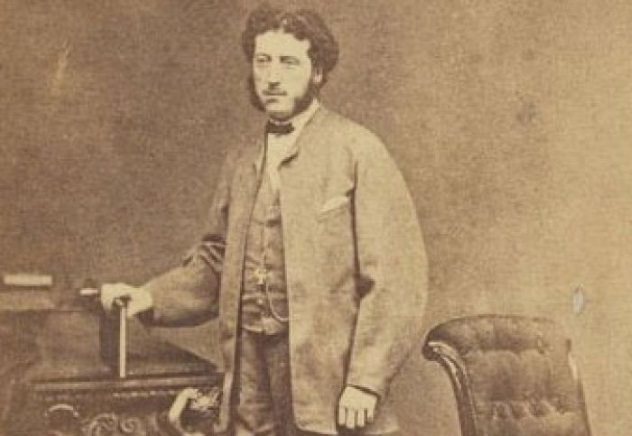
In Sydney in 1865, 35-year-old father of two Henry Kinder reportedly shot himself in front of his wife, Maria, and friend, Henry Bertrand (pictured above). Based on statements made by Maria and Bertrand, Kinder was a suicidal drunk with financial problems, ultimately leading the coroner to rule the death a suicide. What emerged in the weeks following was that Maria and Bertrand were carrying on a scandalous affair. The pair’s desire to be together sporadically came to fruition at a social event one October evening, when Mr. Bertrand shot Henry in the head prior to Maria administering her dying husband poison in order to finish him off.
When news broke of the duo’s unspeakable crime surrounded by a scandalous liaison, it instantly became a media sensation. Papers labeled Bertrand as the “Mad Dentist of Wynyard Square,” with reporters speculating whether or not he had hypnotized Maria into being an accomplice to the murder. In the end, Bertrand was found guilty and served 28 years in prison, while Maria was acquitted for her involvement.[5]
5 Mary Cecilia Rogers
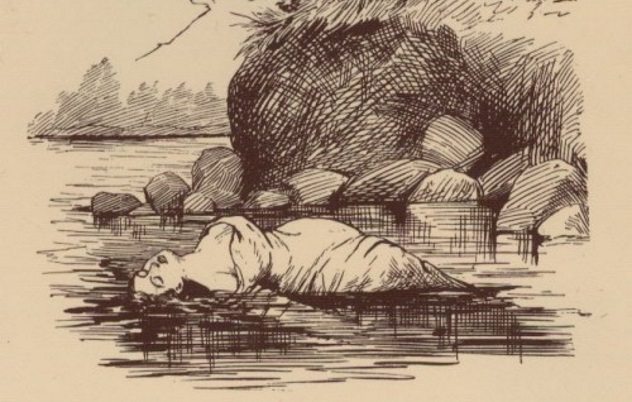
Town beauty Mary Rogers was an object of admiration who infatuated all who came to the New York cigar shop where she worked. Countless men filled the smoky room to spend their hard-earned cash, not necessarily to rejoice in the flavor of tobacco but rather with the hopes of flirting with a woman who was already engaged to a man by the name of Daniel Payne. In July 1841, Mary’s nude, lifeless, and battered body was pulled from the Hudson River, and suspicion immediately fell on Payne. However, witnesses claimed to have seen Mary enjoying a drink at a tavern with a young physician on the night of her death.
The doctor in question has never been identified, and no charges would ever be brought to Mary’s fiance, who committed suicide at the very spot where her body was pulled from the water. Numerous theories began to emerge, catching the attention of Edgar Allen Poe, who attempted to make sense of the case. From a botched abortion to an infatuated client to a crime of passion committed by a brokenhearted fiance, Mary’s murder remains unsolved, leaving an entire city who adored the beauty without answers.[6]
4 Heroine Of Paris

Marie Biere, a 28-year-old French concert singer, became the mistress of Robert Gentien, ultimately falling madly in love with the young and rich Parisian. Unfortunately for Marie, the feeling was not mutual, which only became apparent in 1878, when Marie discovered she was pregnant. Robert’s visits became less frequent, and he adamantly refused to acknowledge his child even after the infant’s sudden and unexpected death from bronchial complications. Marie’s despair turned to rage when she discovered that Robert had found a new, younger mistress.
On the evening of January 7, 1879, Marie waited for the two to emerge from Robert’s home, at which point she fired three shots from a revolver into his back. At trial, examining psychiatrist Dr. Blanche testified that Marie was “under the influence of such passions—of such morbid exaltation—that there was no resisting the forces that dominated her and obliterated her moral sense.” In the end, Marie, who had now been seen as a martyr, was found not guilty and praised as a heroine of Paris.[7]
3 Philip Barton Key
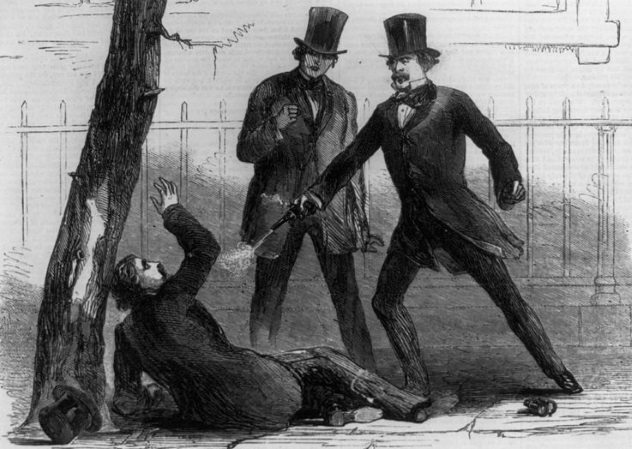
What has been described as “the greatest sex-and-murder scandal of his age” began with Dan Sickles, a United States congressman, war hero, and compulsive womanizer. Sickles’s antics ultimately led his wife, Teresa, into the arms of a handsome young widower, Philip Barton Key. Eventually, the whirlwind courtship between Teresa and Key, Washington’s district attorney, became apparent to everyone in the capital’s elite inner circles.
At first, Sickles turned a blind eye to the affair, all the while becoming increasingly incensed. In February 1859, an unarmed Key was ambushed in Lafayette Square by Sickles, who drew a pistol and shot Key three times.[8] When Sickles stood trial, he had assembled a legal “dream team” that greatly outmatched the incompetent public prosecutor. After Sickles was acquitted, he shipped Teresa and his daughter off to live their lives alone in a desolate country house. Sickles visited rarely until Teresa’s untimely death at the age of 31 from tuberculosis.
Few socialized with Sickles following the trial. In time, he settled in New York City, where he died of a cerebral hemorrhage in May 1914. He is buried at Arlington National Cemetery.
2 Little Italy
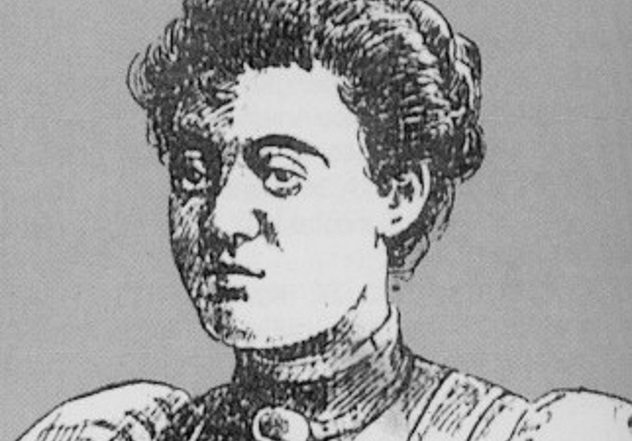
In Manhattan’s Little Italy, 24-year-old Maria Barbella met 27-year-old Domencio Cataldo, an Italian immigrant who came from the same region of Italy as her. Early on in the relationship, Maria began to feel sexual pressure from Cataldo, despite her adamant refusal of intercourse prior to marriage. On the evening of March 28, 1895, Cataldo laced Maria’s soda with a sedative. When she awoke beside Cataldo hours later in a bloody bed, he rejoiced in the fact that he had taken her purity.
After weeks of Maria insisting on legitimacy to their relationship, Cataldo confessed in front of an entire saloon that he would never marry her. In one last attempt to gain respite from heartache, Maria asked a final time to be his wife, to which Cataldo replied, “Only a pig would marry you.” In the heat of the moment, Maria dragged a straight razor across Cataldo’s throat. Leaving a trail of blood, Cataldo staggered helplessly out of the saloon, only to die minutes later on the pavement.[9]
Maria became the first woman sentenced to die in the electric chair. However, based on mismanagement of Maria’s first trial, her case was retried. In the end, a jury voted for acquittal, and Maria walked free.
1 Jack The Ripper
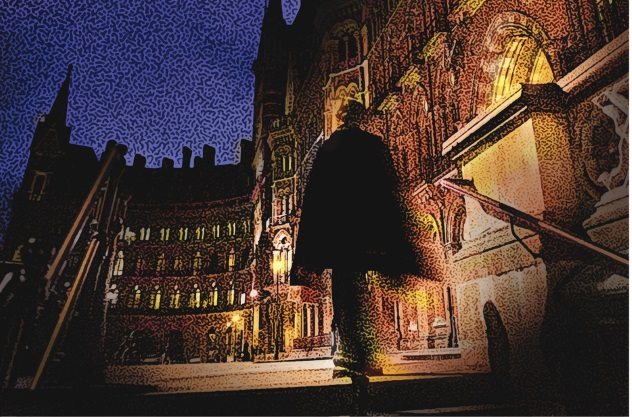
Jack the Ripper, one of the world’s most infamous unidentified murderers, terrorized London in 1888, mutilating five women in a particularly unusual manner. The gruesome butchering he left in the wake of his madness had detectives not only puzzled as to who their culprit could be but also why such gruesome brutality was inflicted upon his prey.
For many, Jack the Ripper’s actions would not be viewed as a crime of passion. However, what we’ve learned throughout the last century pertaining to sexual murderers is that their homicidal rage is an intrinsically passionate mixture of desire and cruelty. Psychiatrists have indubitably declared the Ripper’s savagery a crime of passion, not for profit but rather yearning and morbid fascination. According to French philosopher and historian Michel Foucault, Jack the Ripper was unique from other killers in that he created an “insane dialogue of love and death,” one in which he “inaugurated the age of sex crime.”
Regardless of any professional attempt to explain such lunacy, justice for his mutilated victims will never be seen, nor will their voices ever be heard.[10]
Adam is just a hubcap trying to hold on in the fast lane.
For more old-timey crimes, check out 10 Creepy Serial Killers Of The 19th Century and 10 Deadly Street Gangs Of The Victorian Era.

